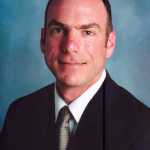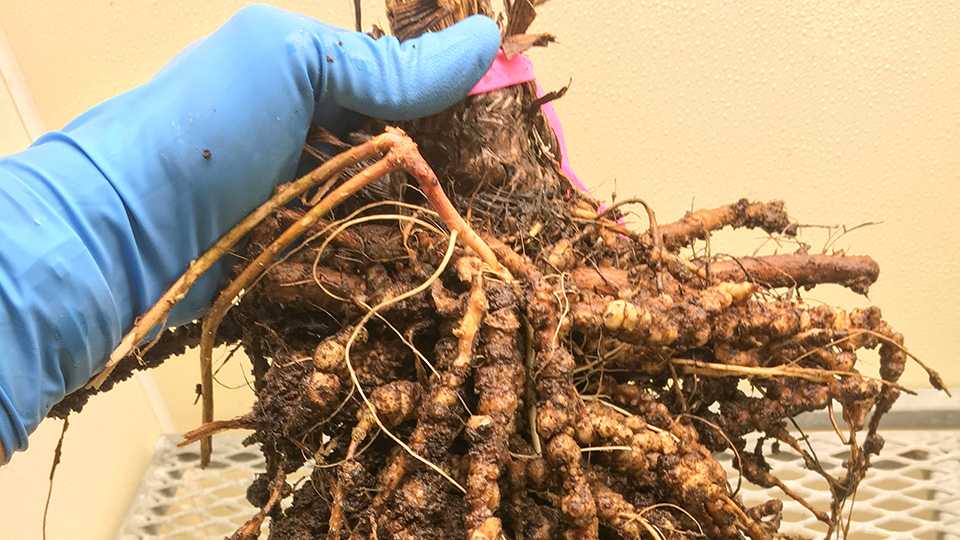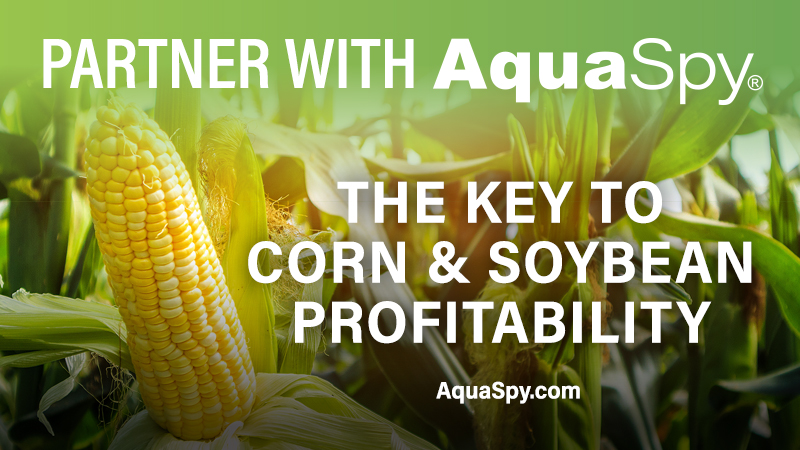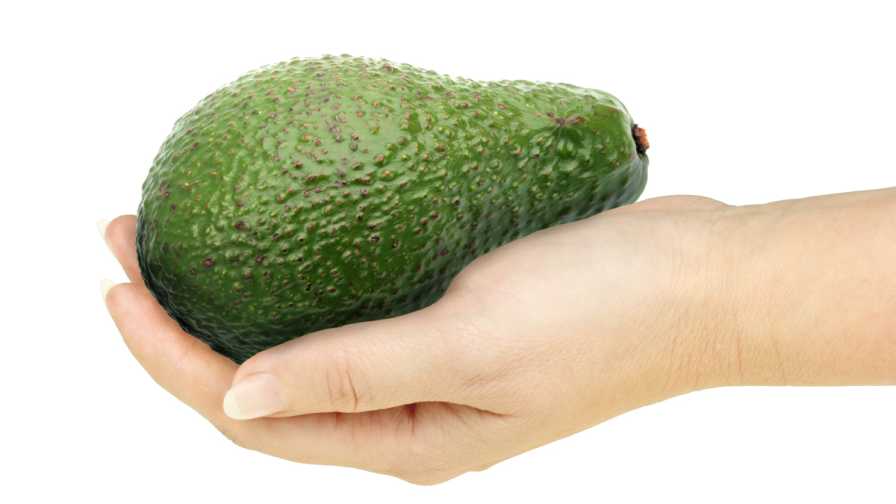Getting Fresh Perspectives on the Top Postharvest Issues Today
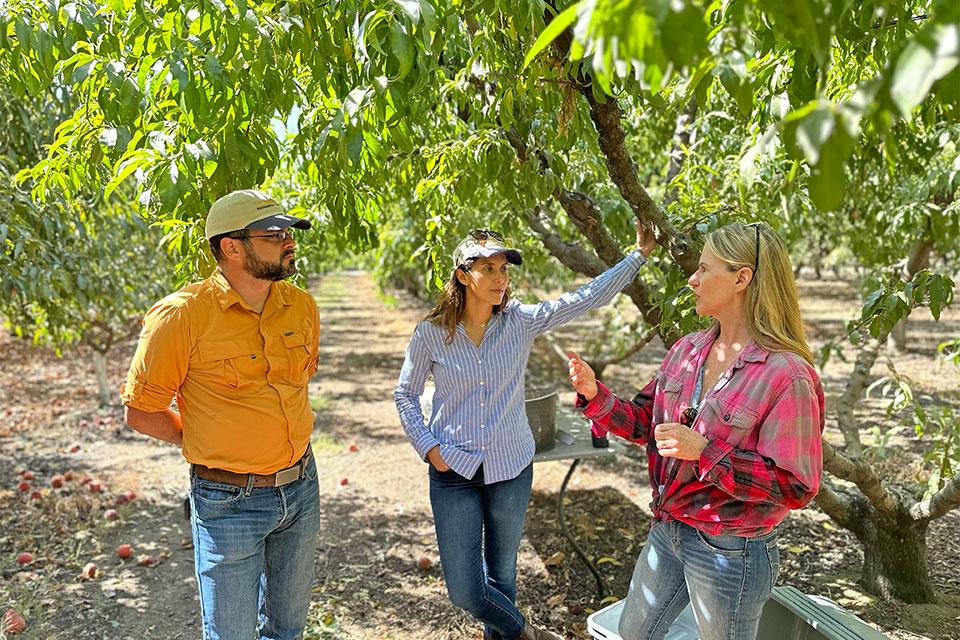
Irwin Donis-Gonzalez and Bárbara Blanco-Ulate, Co-Directors of the UC Davis Postharvest Research and Extension Center, listen to stone fruit grower Paula Bicknell at West Butte Orchards in Sutter, CA. “We are willing and wanting to put on our boots, go to the field, talk to people, and hear what they need,” Blanco-Ulate says.
Photo by Adrian Oscar Sbodio
Bárbara Blanco-Ulate and Irwin Donis-Gonzalez have spent the last year — their first as co-directors — injecting new life into the University of California, Davis Postharvest Research and Extension Center, which had opened in 1979. Staff departures (many by retirement) have reduced the center’s number of specialists from 13 in 2015 to four today, and two of those four will soon be retiring as well.
“We are changing things,” Blanco-Ulate says. “We want to reinvent not just how we’re doing business with our limited resources but also how we can get more updated on how things are rolling in the industry.
“One thing that is really important for us as part of our mission is to reach out to the small farmers, especially in California and the U.S. We are used to working with medium and large growers. Getting to the small growers is a harder task for us, but we think that, in postharvest, there’s a lot of needs with the small farms.”
Paula Bicknell, along with her mom, Carolyn Laughlin, operates one of those small farms: West Butte Orchards in Sutter, CA. What does she hope to learn from UC Davis about postharvest?
“We have no problem selling our peaches. But we have a lot of pluots and have a harder time selling those,” Bicknell says. “I think they would be a great fruit to ship and would love to learn how to do the dry-ice shipping with the pluots.”
Shipping is one of several postharvest facets discussed here by Blanco-Ulate and Donis-Gonzalez, both of whom are tenured faculty at UC Davis with at least eight years at the helm of their independent research groups. For additional information, visit postharvest.ucdavis.edu.
Where does postharvest sit with typical growers?
Blanco-Ulate: “There’s a lot of misconceptions of what postharvest is. People think that postharvest is an afterthought. They pay a lot of attention to certain things, and they think postharvest is just packing and sending it. What we try to argue is that we are in a continuum. From when you choose what you’re going to grow, what varieties, the genetics, the seed that you’re choosing or the cuttings you’re using to grow your crop to the part where it reaches a consumer is a continuum. So if you do not manage your crop properly, if you do not have the right environment, in postharvest there’s not a lot we can do once the crop is harvested. But postharvest can maintain that quality. The technologies that we apply can give you the edge, so that the high-quality fruit that you’re producing can have a longer shelf-life and can reach other locations and markets that you wouldn’t be able to if you weren’t using proper technologies. But we want to debunk this idea that we are isolated — that postharvest is just handling.”
How might this apply to the smaller growers?
Blanco-Ulate: “Paula was telling us she doesn’t think too much about postharvest because she harvests and sells her fruit right away. So she doesn’t have to do any cooling or any other aspects of postharvest. But she was telling us also that she has a lot of waste in her field because she cannot harvest it all. First of all, she doesn’t have enough people to harvest it, but also she doesn’t have a lot of markets. She cannot physically deliver fruit across the state. Irwin brought up a good idea to her, that there’s some small farmers who are starting to ship fruit through USPS and UPS and others, and she’s, like, ‘Oh, I never thought about it.’ But if you’re starting to consider shipping or sending farther away, then you have to start thinking about your shelf-life because that fruit is beautiful and delicious, but it will go bad really soon if it’s not eaten.”
Donis-Gonzalez: “If we weigh what people put attention to when they’re producing fruit, the overarching minority puts a large weight on postharvest. And specifically it depends on the size of the production facility. Medium to small growers tend to disregard many very important aspects of cooling, for example, or of initial cooling. So when somebody like Paula tells us that she is not doing cooling, even though she indicates that she’s not doing it for a specific reason, as a postharvest guy, I don’t agree. I think that for you to preserve the quality and reduce losses, initial cooling is by far one of the most important steps. And they’re not doing it. They’re not doing it because they don’t see the immediate importance of it, or, like Barbara says, their market is not requiring it. But in my view, if she were to incorporate an additional step where she very quickly cools her fruit, it’s going to be dramatic at least in terms of reducing losses and waste, and that’s been demonstrated specifically by the large producers.
“It’s also an issue of the market. If you really want to reach distant markets, you have to consider that there’s additional steps to improve the flavor. Somebody like Paula, because she’s distributing at a range of not more than 50 miles, she can harvest the fruit when they’re already ripe. They’re in their juiciest, most flavorful state, but that doesn’t mean that they’re in their state where you could easily transport them or where they are amicable to storage. It’s tough, you know. But I would say that the mentality of a grower is growing fruit, and they almost forget how important it is to give continuity to that. They focus almost all of their effort in the field, and then they forget about it. That’s frustrating as a postharvest person because you wish that they would take care of that fruit as if it’s like babies. The analogy that I use with people in postharvest that resonates is you’re pregnant for nine months, and then you have to take care of your kid for the rest of their life pretty much. It’s the same thing with the fruit.”
How has your center transformed to offset reduced staff?
Donis-Gonzalez: “We needed to find ourselves from the inside out. We needed to understand what the tools were that we had, and how can we continue to be impactful? We want to change how we reach others that are working in postharvest. What we’re doing is not only expanding our relationships with growers but also expanding our relationships with other scientists who are doing great work in postharvest but haven’t been part of the center. So we’re expanding our network. That’s very important for us. Why? Because that’s what we have. Barbara and I cannot do it all in terms of the knowledge in postharvest. But at the end of the day, we know that California is the breadbasket of the U.S. We feed the world in many instances. Because of that, we understand how impactful we are, and I think that the rest of the scientists, even if they’re in other states, understand how impactful we are.”
You’ve turned to social media. How is that going?
Donis-Gonzalez: “People love free, that’s for sure. We’ve noticed that. The first example that we had was a workshop that I was the lead in terms of emerging technologies in the produce industry. That was the first whole workshop that we put out for free on YouTube. And it was very eye opening. The traffic to our YouTube channel [@postharvestcenter] increased substantially by the hundreds. So we’re reaching many more people.”
Blanco-Ulate: “But our network strategy goes in two ways. We have that quick engagement with people. But sometimes we also need to go through the traditional approach, which is slightly slower: ‘Get to know you. Let’s build our relationship. Who are you?’ People don’t know us as much as we wish. And that’s why we create these digital platforms so they can see our faces. But we also need meaningful relationships. Those bring a lot of change to the everyday life, for instance, of a grower. However, because we do many, many things, we cannot go every day to a different farm and meet everybody.”
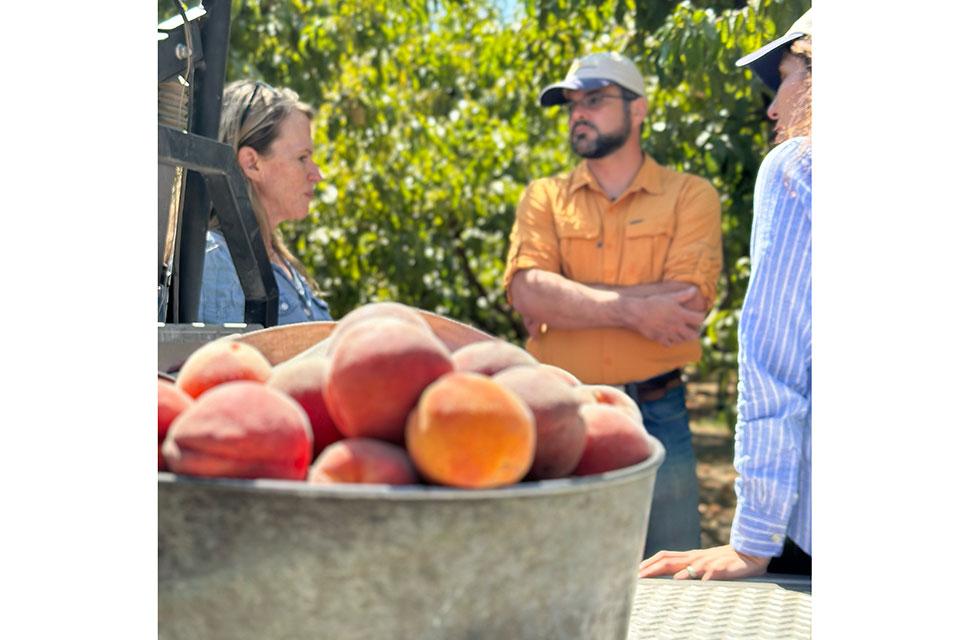
Paula Bicknell: “I really love Barbara and Irwin. They really want to help. I like their initiatives. I like their ideas. It’s interesting to me that they’re both immigrants [Blanco-Ulate from Costa Rica, Donis-Gonzalez from Guatemala]. They really want to save the California farmland.”
Photo by Adrian Oscar Sbodio
What are three of the top postharvest issues at the moment?
Donis-Gonzalez: “One is the availability of proper monitoring of postharvest steps. I’ll give you an example: We are transporting fruits. Believe it or not we’re in the year 2024, and the way that we monitor how the temperature of the fruit is changing during transportation is by placing one recorder in the top of the box all the way in the back of the reefers. That’s how we do it today. We’ve learned for many years that that is not a good reflection of what is the internal temperature of the fruit. The best way of monitoring the internal temperature of the fruit is to place the recorders inside the boxes. That’s the know-how of sensing technology.
“Two, the sudden influx of ‘noise.’ We get a lot of snake oil in postharvest these days. As an Extensionist, this is very challenging. Somebody arrives as a company rep. They come, and they’re, like, ‘I have the next best thing under the sun that is going to preserve your fruit for the next 30 days, and you don’t even need to refrigerate.’ Misinformation. The growers may be persuaded to try them. They’re convinced, ‘OK, so I just need to spray this in my food, and it’s going to be preserved.’ No, it’s never going to happen.”
Blanco-Ulate: “One that I see commonly with nut growers and even fruit growers is assessing maturity with new varieties — when to harvest the crop? Knowing the time of harvest is extremely impactful on quality and shelf life. If you harvest too late or too soon, you’re in a complicated spot. Sometimes growers don’t have a choice, right? Because they are bound to who’s going to come shake the trees or the market, and you have to harvest what you have to harvest. But there’s a lot of misunderstanding on when to harvest, and this might also be associated with labor. You may have a couple of people in your crew who are excellent at telling when the fruit is ready and when to harvest. But that is based on experience and a lot of years of work. If you have to train a new group, or you want to change to a new variety or what not, change happens.”


